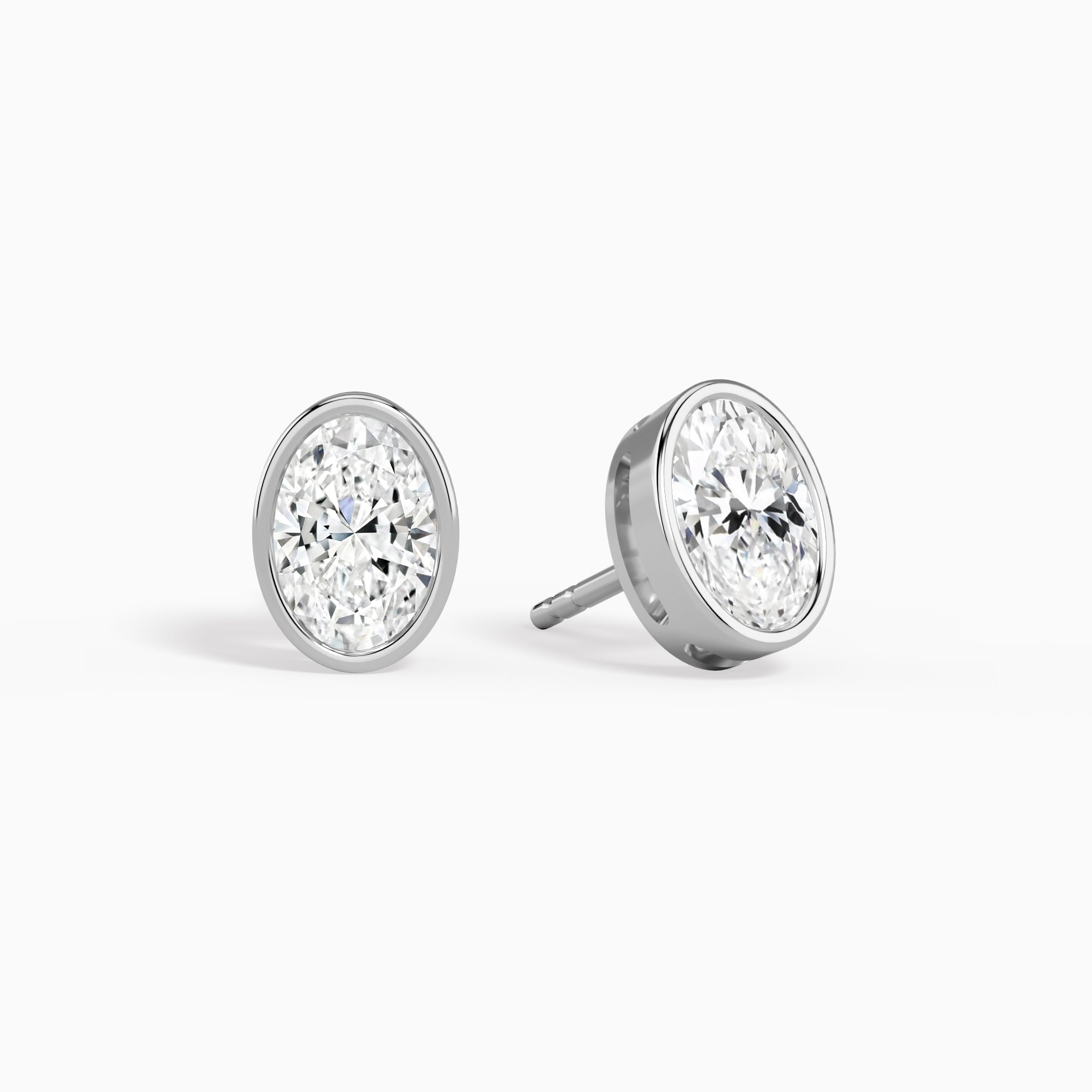Unveiling the Sparkle: Why Lab-Created Diamonds Are Revolutionizing the Jewelry World!
In recent years, lab-created diamonds have emerged as a captivating alternative to traditional mined diamonds, capturing the attention of consumers and jewelers alike. These stunning gemstones, crafted through advanced technology in controlled environments, mirror the beauty and brilliance of their natural counterparts. The purpose of this article is to delve into the fascinating world of lab-created diamond earrings, exploring their quality, advantages, and the significant societal impact they hold compared to mined diamonds. As more individuals seek ethically sourced and environmentally friendly options, lab-created diamonds are not just a trend; they represent a fundamental shift in the jewelry market.

Understanding Lab-Created Diamonds
Lab-created diamonds, often referred to as synthetic or cultured diamonds, are real diamonds that are produced in a laboratory setting. The creation process involves replicating the natural conditions under which diamonds form in the earth, using advanced technology such as High Pressure High Temperature (HPHT) or Chemical Vapor Deposition (CVD) methods. These processes generate diamonds that are chemically and physically identical to mined diamonds, ensuring they possess the same exceptional qualities. When observing a lab-created diamond under magnification, it is nearly impossible to distinguish it from a mined diamond, as both share the same crystal structure and optical properties. This scientific creation not only guarantees the authenticity of the diamonds but also contributes to a more sustainable and ethical jewelry market.
Quality Comparison: Lab-Created vs. Mined Diamonds
When it comes to quality, lab-created diamonds are on par with, and sometimes superior to, their mined counterparts. Both types of diamonds are graded on the same criteria: clarity, cut, color, and carat weight—collectively known as the Four Cs. Lab-created diamonds can achieve exceptional clarity, often surpassing mined diamonds that may contain natural inclusions. Additionally, advancements in cutting techniques allow for lab-created diamonds to exhibit outstanding brilliance and fire, making them equally desirable for earrings and other jewelry pieces. Color also plays a crucial role in the appeal of diamonds; lab-created diamonds can be produced in a range of hues, from traditional colorless options to vibrant fancy colors. This ability to control the diamond's characteristics during the creation process ensures that consumers can select from a wide variety of options without compromising on quality.
Advantages of Lab-Created Diamond Earrings
The benefits of choosing lab-created diamond earrings are multifaceted. Ethical sourcing is one of the most significant advantages; lab-created diamonds are free from the unethical practices often associated with mined diamonds, such as conflict diamonds or adverse labor conditions. Environmentally, lab-created diamonds have a significantly lower impact, as their production requires fewer resources and does not involve harmful mining practices that can devastate ecosystems. Additionally, lab-created diamonds typically come at a more affordable price point, allowing consumers to enjoy larger carat sizes or higher quality without the premium associated with mined diamonds. A close friend of mine recently purchased a stunning pair of lab-created diamond earrings for her wedding, and she was not only thrilled with their beauty but also felt good knowing she made an ethical purchase. This trend is gaining momentum, with more consumers prioritizing sustainability and ethical considerations in their buying decisions.
Impact on the Jewelry Industry
Lab-created diamonds are not only reshaping consumer choices but are also having a profound impact on the jewelry industry as a whole. As these diamonds become increasingly popular, jewelers are adapting their inventory to include more lab-created options, reflecting a shift in market trends. This evolution is prompting a re-evaluation of traditional diamond sourcing and production practices, potentially leading to a more transparent and ethical industry. The future of jewelry design may also be influenced by the rise of lab-created diamonds, as designers explore new ways to craft unique, sustainable pieces that appeal to modern consumers. With the growing acceptance of lab-created diamonds, the jewelry industry stands on the brink of a significant transformation, paving the way for innovative designs and sustainable practices.
Redefining Jewelry Choices
In summary, lab-created diamond earrings are redefining the landscape of the jewelry market, providing consumers with a quality alternative to mined diamonds. With their identical properties, ethical sourcing, and environmental benefits, these diamonds are appealing to a growing audience that values sustainability and integrity. As we’ve explored, the impact of lab-created diamonds extends beyond personal choice; it influences market trends and industry practices, promoting a more responsible approach to jewelry consumption. As you consider your next jewelry purchase, I encourage you to explore the beauty and brilliance of lab-created diamond earrings, embracing a choice that aligns with both your aesthetic preferences and ethical values.








